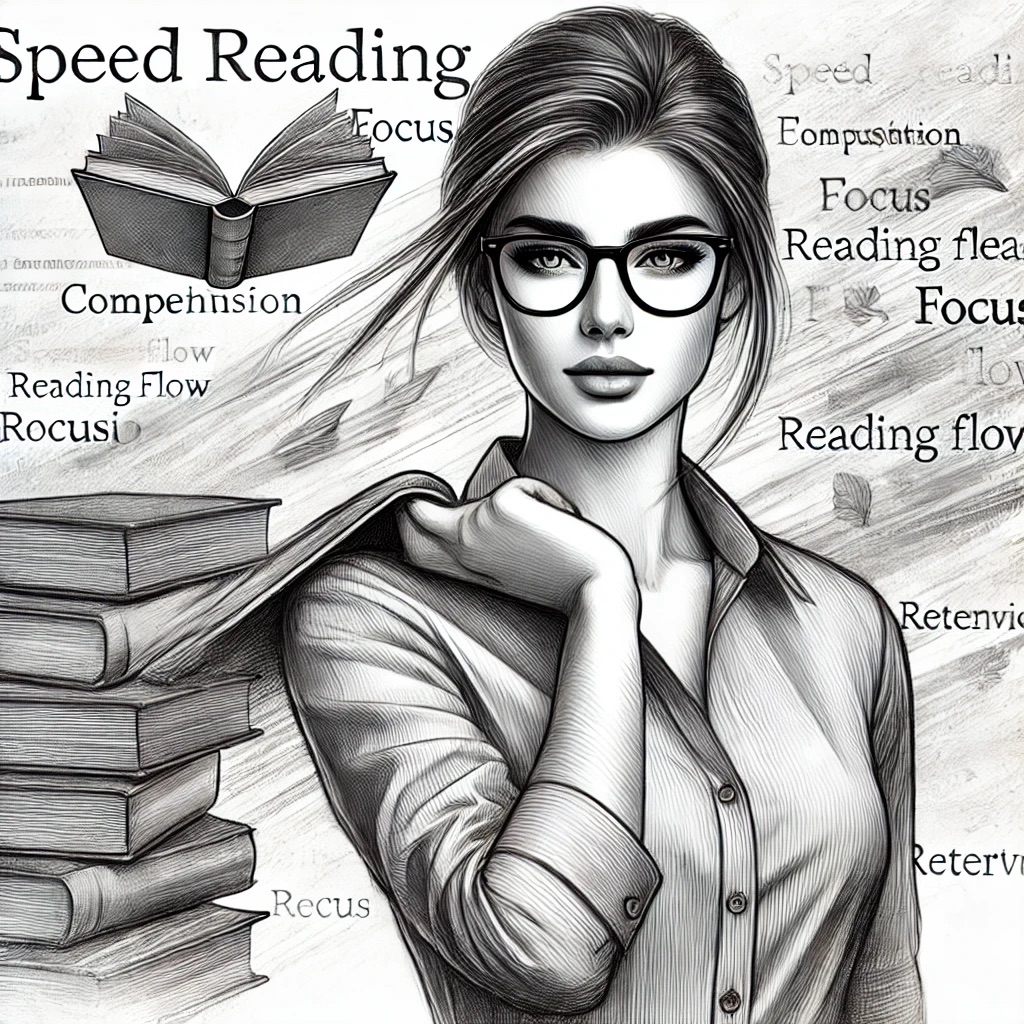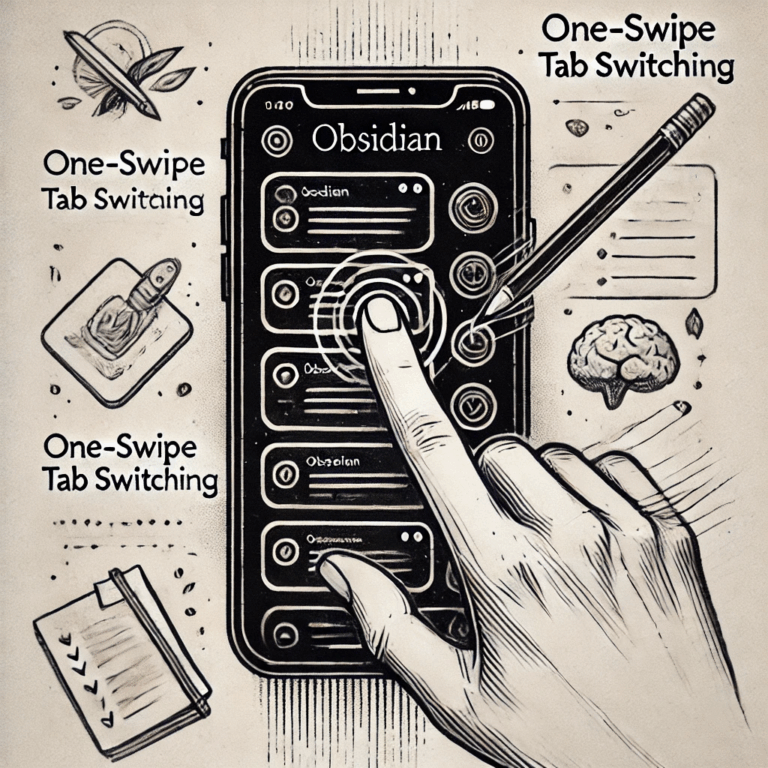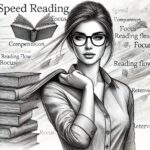Master Speed Reading: Unlock Your Full Potential with Proven Techniques

When seeking productivity, it is no secret that the more we can polish our skills in day-to-day tasks, the more we are able to achieve in a single unit of time. It is also no secret that one of the best ways to get your hands on years of someone’s research and time is to read their books.
Books are distilled packets of information that someone has spent a vast amount of time composing (unless it is Stephen King, who seems to have an adept ability to produce a classic in one afternoon). The content can contain years of one’s experiences and specialism in a format that we are able to digest in a few hours.
With so much knowledge crammed inside these books, it only makes sense that the more we read, the more we are exposed to, and the better chance we have of improving our skills. Of course, the tortoise and hare analogy would be appropriate here, and I will caveat the above by saying, as long as we comprehend what we’ve read.
Speed Reading by Kam Knight was a book I was sceptical about in the beginning. I wasn’t sure how a whole book could be written about reading faster and how, after reading it, I would be able to implement those skills. I needn’t have been sceptical.
Kam takes time to describe how the eyes and mind work when reading and discusses techniques that noticeably improved my reading speed as I navigated my way through the book. In fact, it worked so well that I actually went on to finish another two books over the next few days!
There are a number of useful tips along the way, and I will share a few that resonated with me the most below.
THIEVES

One of the concepts covered early on in the book is one that has been created by the National Council of Teachers of English (NCTE). This concept comes neatly packed within the memorable acronym, THIEVES.
I like this acronym because the ability to absorb decades of someone’s work this quickly almost does feel like theft, regardless of the legitimate purchase of the content.
The purpose of THIEVES is to process the key concept of the book before delving into the deeper detail. This provides a mental road map of the book before beginning and will help you to make connections more readily. You should begin looking at this overview as follows:
- Title – What is the title of the book? This will give you the most top-level view of what the book is about. If you are planning on learning about baking, a book titled Mixed Martial Arts might not be the best choice… Unless you’re planning on becoming a Fruit Ninja master.
- Headings – The next step is to look at the headings. This involves scanning over the index to review the chapter names and also quickly looking through some of the key sub-headings within chapters. This will provide a solid view of the content you are going to be reading and in which order the author feels it is best learned.
- Introduction – The introduction of a book often presents why the author has produced the book and what they hope for you to get out of it. It is almost an extended blurb, giving further insight into the content ahead.
- Every Word in Bold, Underlined, and Italics – This is an even deeper level of granularity which, personally, I probably will not continue to do myself. The suggestion is quite clear: look at all words the author has formatted differently from the main text, as they are likely key bits of information. For me, I find these key words are only relevant in context and add more emphasis to the surrounding block of text.
- Visual Aids – Great to do when scanning through the chapters. A picture paints a thousand words, and a quick study of some of the figures within a chapter can give an enormous amount of context with very little time invested.
- End-of-Chapter Questions – Many authors of non-fiction material adopt two levels of summary/conclusion: one to summarise what has been covered in each chapter and another to conclude the book in its entirety. By reading the end-of-chapter conclusions, you will often see a neatly formatted ‘what we have covered’ section, which gives the most simplistic view of the deeper content that preceded it.
- Summary/Conclusion – The final summary/conclusion quite often repeats a small amount of the introduction and may also include a little bit more about some of the other concepts covered in the book.
It is quite easy to see how powerful this method can be and the understanding that can be achieved with 20-30 minutes of preparation before the deep read.
Avoid Sub-Vocalisation
This is a common piece of advice when learning to read more quickly. Do not move your lips when reading and, even harder, do not read the words aloud in your head.
This is something that takes quite a bit of practice to achieve but does pay dividends in how much it will improve your ability to read quickly. Removing the sub-vocalisation from your mental space is something that comes much easier with the following techniques.
Space Reading / Chunking

“One day, I began looking at the spaces between every 3-4 words, and voila, the technique was born!” – Kam Knight
This was a concept I had never heard of before, and it blew my mind as to how much quicker I could read without losing the ability to absorb the content.
Kam suggests that rather than looking directly at the words, you should look at the spaces between them. It is amazing how much filling in the mind can do and how much you can actually see with your peripheral vision. By looking at the spaces between words, you no longer sub-vocalise what you’re reading and can focus on 2–4 words at once rather than one at a time.
This is a skill that can be practised to a point where you could look at the space between every 4 words or more, allowing even more information to be absorbed at a much faster rate.
Have a go, read this section once more using this technique…
Continuous Eye Movement
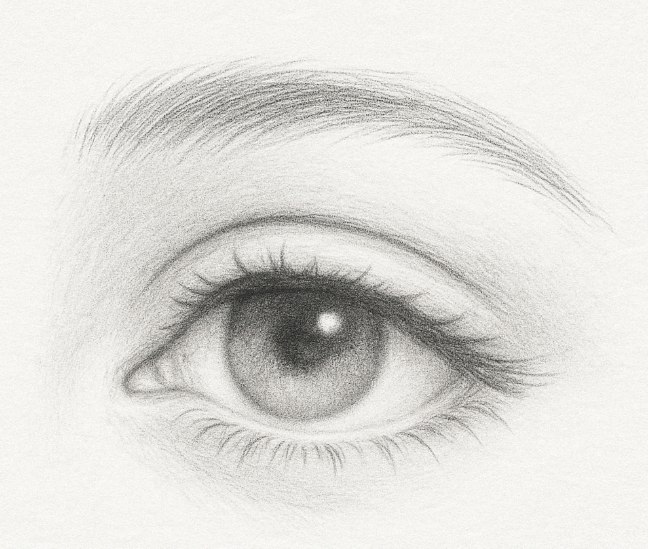
“Instead of pausing for an extended period, continue moving the eyes forward when reading. Don’t slow down to contemplate the text” – Kam Knight
Kam discusses one of our downfalls: the amount we fixate on things, and in the context of reading, how often we fixate on a word. The average reader can fixate up to four times per second! How unbelievable is this? Every time we do this, we extend the time required to read a passage. Conversely, by removing the need to fixate, we can read up to four times as much in a second!
This exercise requires mental discipline and deep consciousness over your actions whilst reading your material. The goal here is to keep moving forward, regardless of what was said or what is coming up. Keep moving. Your mind is incredible at filling in the gaps and bringing understanding to words that may not be understood on their own when put into context.
This exercise also has the added benefit of combating a common reading flaw known as regression. Kam discusses regression throughout the book, terming it as “readers regularly going back to passages they have already read.” It is not unusual for the mind to drift or focus to be lost when reading, which is when regression is at its peak. By forcing the mind to push forward with the text it is reading, you are not giving yourself the opportunity to drift away into the clouds.
Visualisation
As we expand on regression, Kam discusses the technique of visualising what is being read. This is something that comes very naturally to me, but I appreciate that it may be a skill that some people have to invest time in developing.
The point of visualisation is that you decide what thoughts are in your mind, and they are relevant to the material you are reading. This helps to prevent your mind from wandering onto irrelevant thoughts and invoking regression, thus removing comprehension.
Comprehension
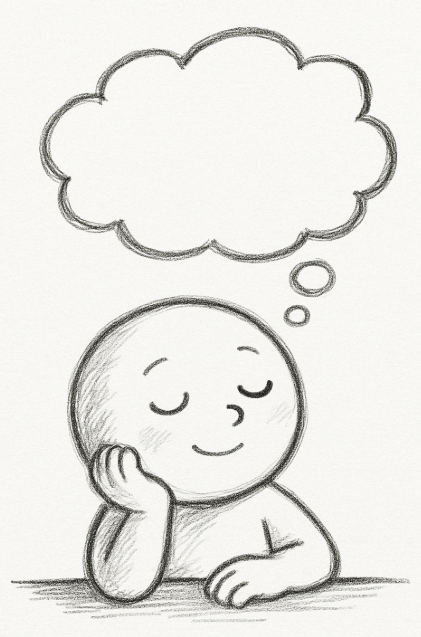
“Believe it or not, we forget up to 80 percent of what we hear, see, or learn within a few hours of hearing, seeing, or learning it.” – Kam Knight
Kam recognises that when a book is dense or full of unfamiliar terminology, your reading speed has to slow down. Let’s face it: if you do not know what you are reading, you don’t have a chance of absorbing the material by powering through it with the techniques above.
A great technique to improve your vocabulary, is when you do not understand a word, do not settle with just the dictionary definition, but also look in a thesaurus for similar words.
Prior to both of the above, ensure you can form the sound of the word. If you do not quite grasp how the word sounds recognising it again the future can become tough. You can check how a word sounds by typing in “define: the word” into Google and clicking on the speaker next to the word. If reading in your phone, by holding down on the word, you will also get the option to “Speak” and another to “Look Up” which can quickly give you the pronunciation and definition
Let’s look at an example here with the word “Parochialism”.
The definition of parochialism is “a limited or narrow outlook, especially focused on a local area.”
While this definition is great, some other words that relate to it can help cement the understanding here, such as:
- Narrow-mindedness
- Close-mindedness
- Localism
- Radicalism
- Provincialism
Suddenly, we have not just learned the meaning of one word, but we can begin to determine the meaning of several by how they relate.
To really begin to improve comprehension, Kam suggests not getting hung up on the detail of a passage. The suggestion is to regularly take a step back and look at the bigger picture. By taking the bigger picture into consideration, it can help to remind us about the main topic we are talking about and relate it back to that.
Regularly taking this step back every minute or so gives the reader the opportunity to practice recalling what they have read. The ability to recall something helps firm this within your mind. Even better, go and teach what you’ve learned to someone else! This will highlight any gaps in your understanding.
Paragraph Structures
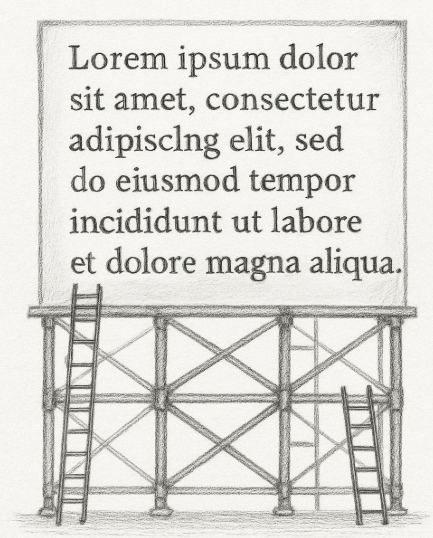
“In formal writing, paragraphs consist of three parts: topic sentence, supporting sentences, and concluding sentence.” – Kam Knight
Let’s take a look at the breakdown of what Kam is talking about below:
- Topic Sentence – The topic sentence presents the paragraph’s idea. It acts as the introduction that tells the reader what the rest of the paragraph will be about. It also holds facts and details together. The topic sentence can often be seen as the first line of a block text, but it isn’t always!
- Supporting Sentences – Supporting sentences support the topic sentence. They are the details that describe, illustrate, communicate, or explain the topic sentence using facts, reasons, examples, definitions, comparisons, and other pertinent information.
- Concluding Sentence – The concluding sentence brings the paragraph to a close. It does this either by restating the topic sentence or by summarising the information presented in the supporting sentences.
Below is an example of these three sentence types within a paragraph. The topic sentence has been made bold, the supporting sentence has been made italic, and finally, the conclusion sentence has been underlined.
The water cycle describes the continuous movement of water on, above, and below the surface of the Earth. It involves processes such as evaporation, condensation, precipitation, and collection. This cycle plays a crucial role in regulating climate and supporting life on Earth.
Conclusion
This book offers an abundance of valuable insights, and what I’ve shared here is just the tip of the iceberg. If you’re looking to enhance your reading skills and absorb information more efficiently, I highly recommend picking up a copy. The techniques outlined in Speed Reading have already helped me significantly improve my reading speed and comprehension, and I’m confident they can do the same for you. By sharpening your ability to read faster while maintaining understanding, you’ll unlock the potential to learn and grow much more effectively in the future.
